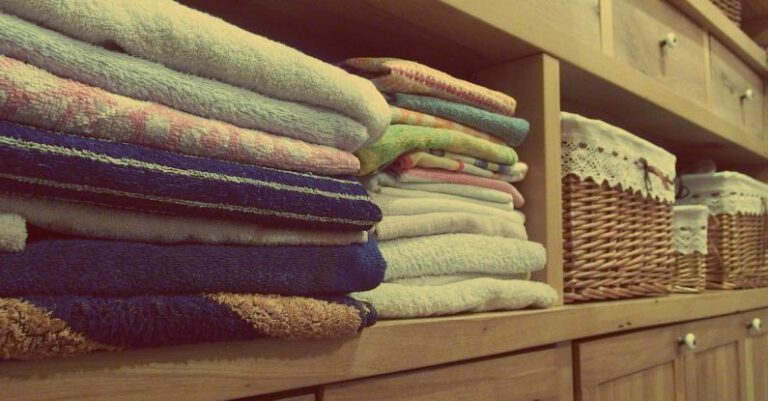How to Optimize Your Home for Elderly Relatives?
As our loved ones age, it becomes increasingly important to ensure their safety and comfort within our homes. Creating an environment that is suitable for elderly relatives can make a significant difference in their quality of life. From simple modifications to more substantial renovations, there are several ways to optimize your home for the needs of older family members. In this article, we will explore some practical and effective strategies to help you create a safe and comfortable living space for your elderly relatives.
1. Clear Pathways and Reduce Hazards
One of the first steps in optimizing your home for elderly relatives is to clear pathways and reduce hazards. Remove any unnecessary clutter or furniture that may obstruct their movement. Secure loose carpets or rugs to prevent tripping. Install handrails along staircases and in bathrooms to provide extra support and stability. By eliminating potential obstacles, you can significantly reduce the risk of falls or accidents.
2. Improve Lighting
Poor lighting can significantly impact an older person’s ability to navigate their surroundings safely. Ensure that all areas of your home are well-lit, especially hallways, staircases, and entrances. Consider installing motion sensor lights to automatically illuminate key areas when your elderly relatives approach. Additionally, use blinds or curtains that allow ample natural light to enter the rooms during the day.
3. Make Bathrooms Safe and Accessible
Bathrooms can be particularly hazardous for elderly individuals. To optimize your home, make sure the bathroom is safe and accessible. Install grab bars near the toilet and in the shower or bathtub. Consider replacing a traditional bathtub with a walk-in shower to eliminate the need to step over high ledges. Place non-slip mats on the floor to prevent slipping, and ensure that the water temperature is set at a safe level to avoid scalding.
4. Create a Bedroom on the Ground Floor
For elderly relatives who have difficulty climbing stairs, it may be beneficial to create a bedroom on the ground floor. This eliminates the need for them to navigate stairs multiple times a day, reducing the risk of falls or injuries. If converting a room on the ground floor is not feasible, consider installing a stairlift or a chair lift to provide easy access to the upper floors.
5. Install Handrails and Grab Bars
Installing handrails and grab bars throughout your home can provide valuable assistance to elderly relatives. Consider placing them in hallways, bedrooms, and any other areas where additional support may be needed. Make sure the handrails and grab bars are securely mounted to the wall and can withstand the weight and pressure.
6. Utilize Assistive Devices
Assistive devices can greatly enhance the independence and mobility of elderly relatives. Consider investing in items such as walking aids, shower chairs, raised toilet seats, and adjustable beds. These devices can significantly improve their comfort and safety within your home.
In conclusion, optimizing your home for elderly relatives is crucial for their well-being and overall quality of life. By implementing simple modifications and thoughtful design choices, you can create a safe and comfortable environment that meets their specific needs. Clear pathways, improve lighting, make bathrooms accessible, create a ground-floor bedroom if possible, install handrails and grab bars, and utilize assistive devices to ensure their safety and independence. Remember, small changes can make a big difference in their daily lives.




